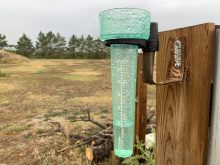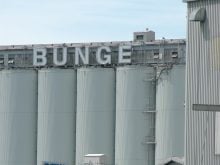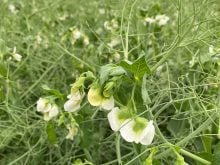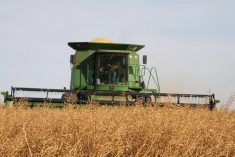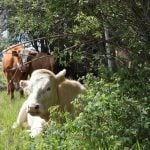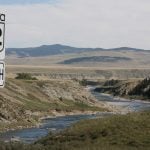SASKATOON (Staff) — Dust in the hog barn is one of the biggest health hazards to farmers, says a Prairie Swine Centre engineer.
Barn dust isn’t the same as dirt blowing around a field; it’s a mixture of dangerous fungus, mould, viruses and microorganisms, said Yuanhui Zhang.
“Reducing dust is the key to improving occupational health and the working environment,” said Zhang during a recent pork trade show here.
More than half the farmers who work in hog barns will have an acute reaction to the air by coughing. About 30 percent of farmers have permanent lung damage because of the air.
Read Also
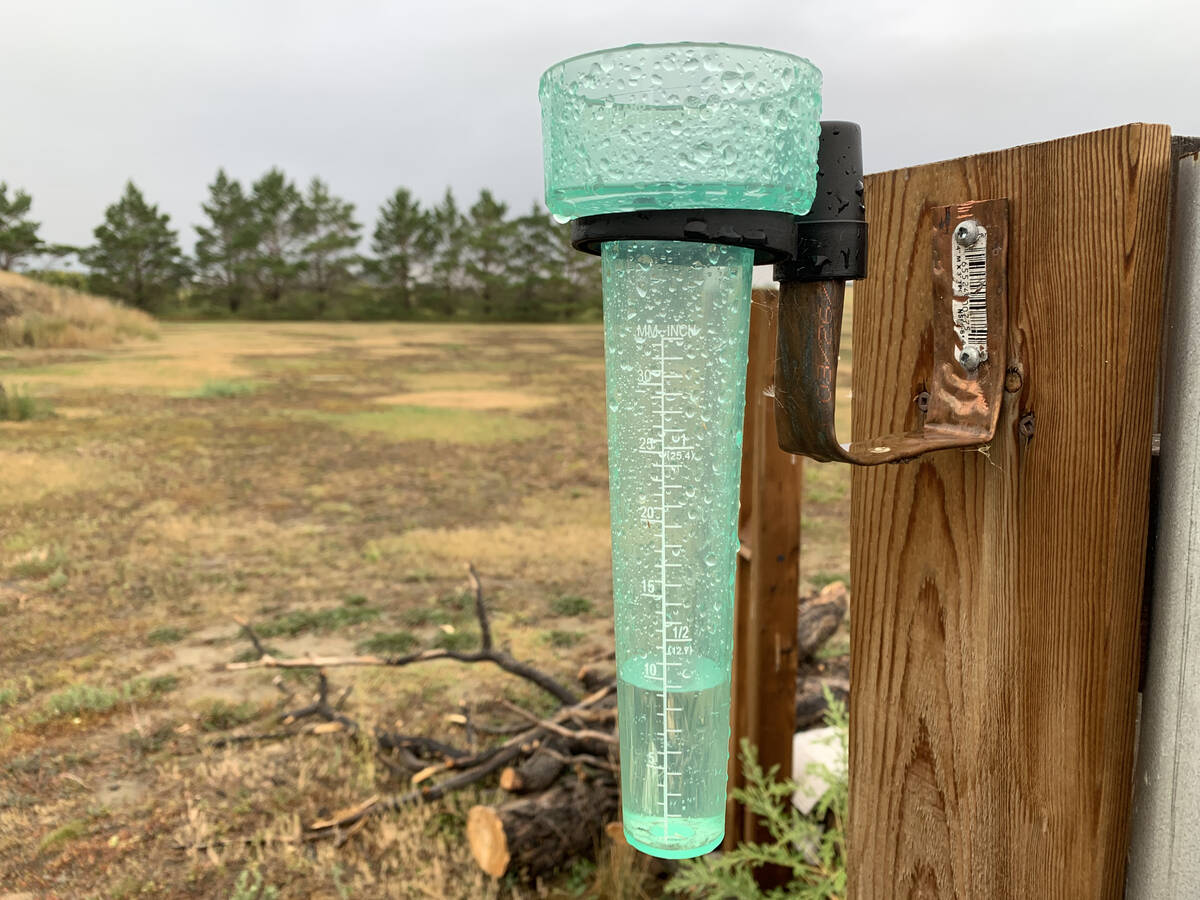
Southeastern Prairies get drought relief in September
September drought monitor from Agriculture and Agri-food Canada shows welcomed precipitation in coastal B.C. and southeastern prairies
“There are serious air quality and health problems. … I’m not saying it’s not safe, but there is a problem and it needs to be resolved,” he said.
Zhang has begun research on air quality in the barn to improve farmers’ health.
In engineering trials at the swine centre Zhang sprayed a light film of Johnson’s baby oil in the pig barn. The reduction of dust was dramatic. The oil reduced the dust to about the same level as his office.
Cheaper oil needed
The preliminary results showed the oil does work. He now has to look at finding a cheaper oil for dust control and measure the ideal amount.
Zhang is also looking at conventional circulation systems. Traditionally air comes in through the ceiling, flows down along the walls, across the manure pits where it picks up more toxins and up through the centre of the building where the farmer works. Simply moving the walkway to the sides of the building gives the worker access to the freshest air and reduces the dust level by half.
Traditional engineering designs also need to be given a second look.
Until research can be done on improving the air quality, farmers should use the safety equipment available, he said.


